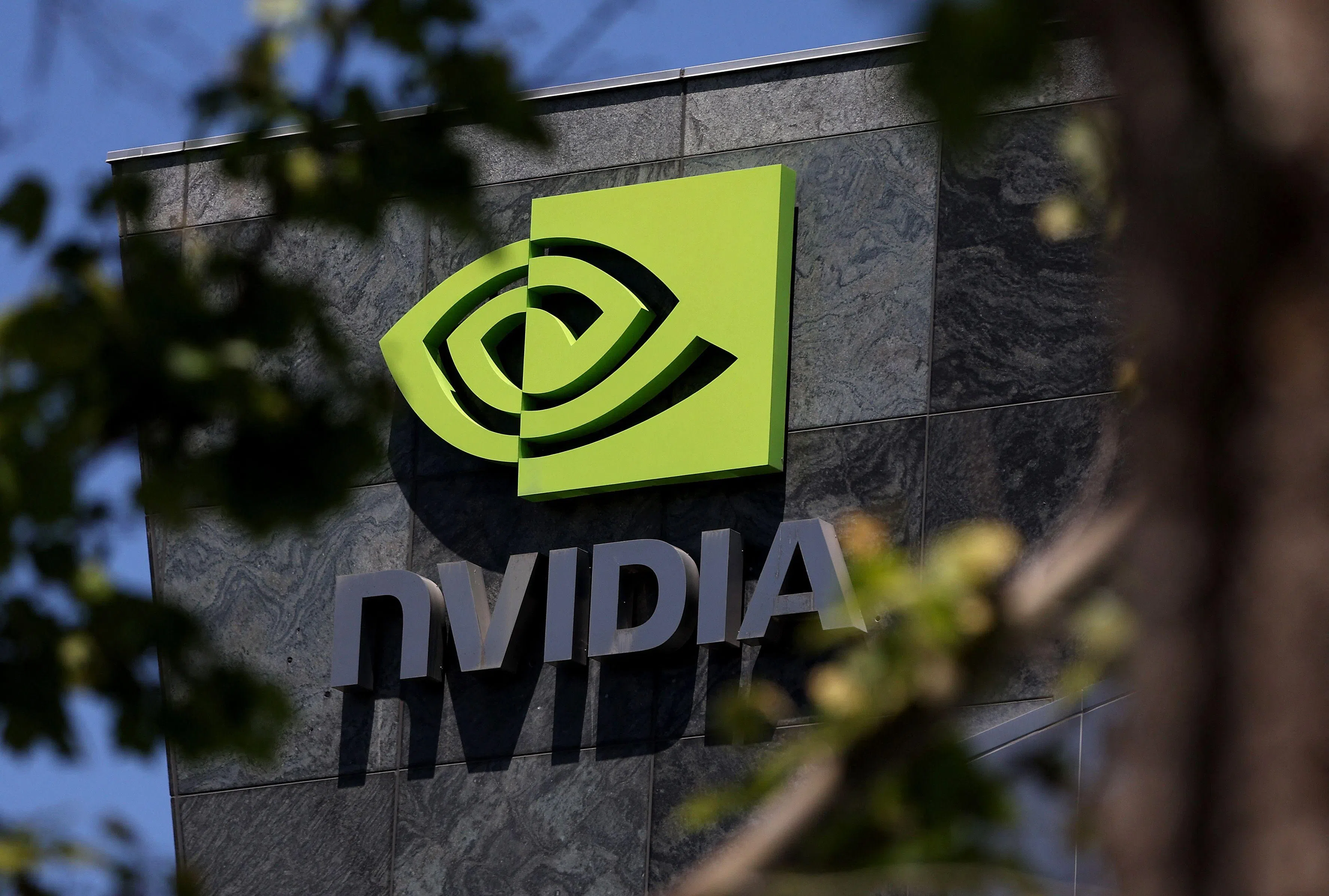NVIDIA, the chipmaker at the centre of an artificial intelligence (AI) boom, gave another bullish sales forecast, showing that spending on AI computing remains strong.
Second-quarter revenue will be about US$28 billion, the company said on Wednesday (May 22). Analysts on average had predicted US$26.8 billion, according to data compiled by Bloomberg. Results in the fiscal first quarter, which ran to April, also beat projections.
“The next industrial revolution has begun,” chief executive officer Jensen Huang said, echoing one of his favourite themes. “AI will bring significant productivity gains to nearly every industry and help companies be more cost- and energy-efficient, while expanding revenue opportunities.”
The upbeat outlook reinforces Nvidia’s status as the biggest beneficiary of AI spending. The company’s so-called AI accelerators – chips that help data centres develop chatbots and other cutting-edge tools – have become a hot commodity in the past two years, sending its sales soaring. Nvidia’s market valuation has skyrocketed as well, topping US$2.3 trillion.
The shares rose about 4 per cent in extended trading on Wednesday. They had already gained 92 per cent this year to the close, fuelled by investor hopes that the company would continue to shatter expectations.
The Santa Clara, California-based company also announced a 10-for-1 stock split and boosted its quarterly dividend by 150 per cent to 10 US cents a share.
GET BT IN YOUR INBOX DAILY
Start and end each day with the latest news stories and analyses delivered straight to your inbox.
Nvidia, co-founded by Huang in 1993, started as a provider of graphics cards for computer gamers. His recognition that the company’s chips were well-suited to developing AI software helped open a new market – and gave him a jump on competitors.
The release of OpenAI’s ChatGPT in 2022 then sparked a race between major technology companies to build their own AI infrastructure. The scramble made Nvidia’s H100 accelerators a must-have product. They sell for tens of thousands of US dollars per chip and are often in scarce supply.
But much of this new revenue has come from a small handful of customers. A group of four companies – Amazon.com, Meta Platforms, Microsoft and Alphabet’s Google – are Nvidia’s largest buyers and account for about 40 per cent of sales. Huang, 61, is trying to spread his bets by producing complete computers, software and services – aimed at helping more corporations and government agencies deploy their own AI systems.
In the fiscal first quarter, Nvidia’s revenue more than tripled to US$26 billion. Excluding certain items, profit was US$6.12 a share. Analysts had predicted sales of about US$24.7 billion and earnings of US$5.65 a share.
Nvidia ’s data centre division – now by far its largest source of sales – generated US$22.6 billion of revenue. Gaming chips provided US$2.6 billion. Analysts had given targets of US$21 billion for the data centre unit and US$2.6 billion for gaming.
Nvidia emphasised on Wednesday that it wants to sell its technology to a wider market – moving beyond the giant cloud-computing providers known as hyperscalers. Huang said that AI is moving to consumer Internet companies, carmakers and health-care customers. Countries also are developing their own systems – a trend referred to as sovereign AI.
These opportunities are “creating multiple multibillion-dollar vertical markets” beyond cloud service providers, he said.
Still, the hyperscalers remained a critical growth driver for Nvidia last quarter. They generated approximately 45 per cent of the company’s data-centre revenue. That suggests Nvidia is in the early stages of diversifying the business.
The company’s new chip platform, called Blackwell, is now in full production, Huang said. And it lays the groundwork for generative AI that can handle trillions of parameters. “We are poised for our next wave of growth,” he said. BLOOMBERG



